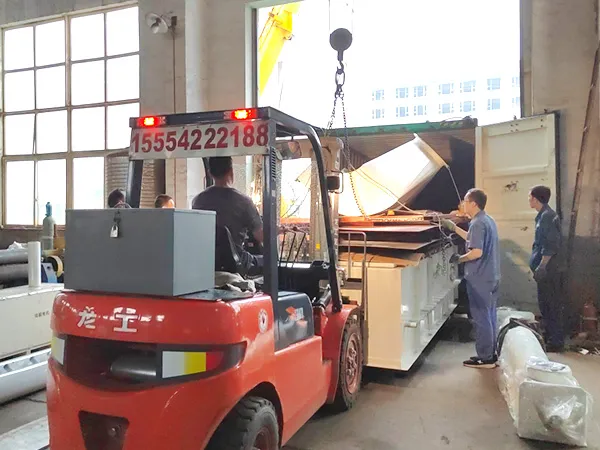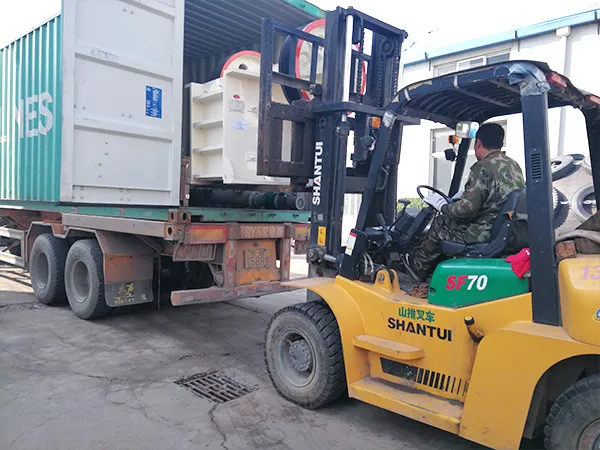Τόσο ο μύλος εκτόξευσης όσο και ο μύλος με ταξινόμηση αέρα μειώνουν το μέγεθος των σωματιδίων και τα υλικά επεξεργασίας. Είναι βασικά εργαλεία για αυτό. Είναι παρόμοια αλλά λειτουργούν με διαφορετικές αρχές. Έτσι, ταιριάζουν σε διαφορετικές εφαρμογές. Εδώ είναι μια λεπτομερής σύγκριση των δύο. Οι κατασκευαστές μπορούν να επιλέξουν τον σωστό εξοπλισμό γνωρίζοντας τις διαφορές μεταξύ αυτών των δύο τεχνολογιών φρεζαρίσματος.
1. Λειτουργικές Αρχές
Jet Mill
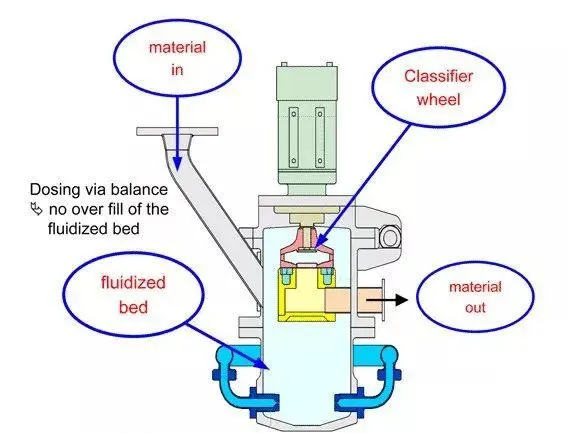
Μηχανισμός: Ένας μύλος εκτόξευσης χρησιμοποιεί πίδακες υψηλής ταχύτητας πεπιεσμένου αέρα ή αερίου. Επιταχύνουν τα σωματίδια για να μειώσουν το μέγεθός τους. Τα σωματίδια συγκρούονται μεταξύ τους με μεγάλες ταχύτητες, οδηγώντας σε κατακερματισμό.
Χωρίς κινούμενα μέρη: Οι μύλοι με πίδακες συνήθως δεν έχουν κινούμενα μέρη. Αυτό μειώνει τη φθορά και τη συντήρηση.
Μείωση μεγέθους: Η μείωση του μεγέθους συμβαίνει κυρίως μέσω συγκρούσεων μεταξύ σωματιδίων. Αυτό το καθιστά αποτελεσματικό για την παραγωγή πολύ λεπτών σκονών.
Μύλος ταξινομητή αέρα
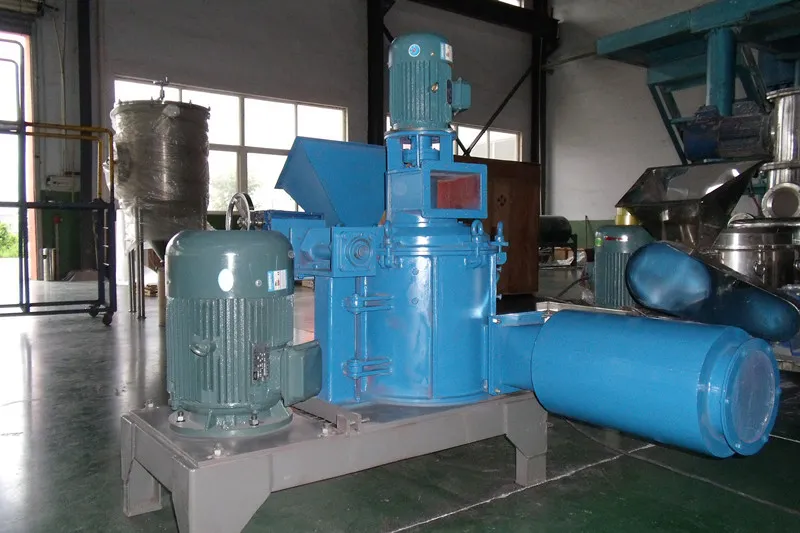
Μηχανισμός: Ένας μύλος ταξινομητή αέρα συνδυάζει τη μηχανική λείανση με την ταξινόμηση αέρα. Διαθέτει περιστρεφόμενη λεπίδα που αλέθει το υλικό. Ένας ενσωματωμένος ταξινομητής διαχωρίζει τα λεπτά και τα χονδροειδή σωματίδια κατά μέγεθος και πυκνότητα.
Κινούμενα μέρη: Σε αντίθεση με τους μύλους εκτόξευσης, οι μύλοι ταξινομητή αέρα έχουν κινούμενα μέρη. Περιλαμβάνουν έναν ρότορα και έναν τροχό ταξινομητή. Αυτό μπορεί να οδηγήσει σε υψηλότερες ανάγκες συντήρησης.
Έλεγχος μεγέθους: Ο ενσωματωμένος ταξινομητής επιτρέπει τον ακριβή έλεγχο του μεγέθους των σωματιδίων. Αυτό το κάνει ρυθμίζοντας τη ροή αέρα και την ταχύτητα του ρότορα.
2. Εφαρμογές – Μύλος Jet vs. Air Classifier Mill
Jet Mill
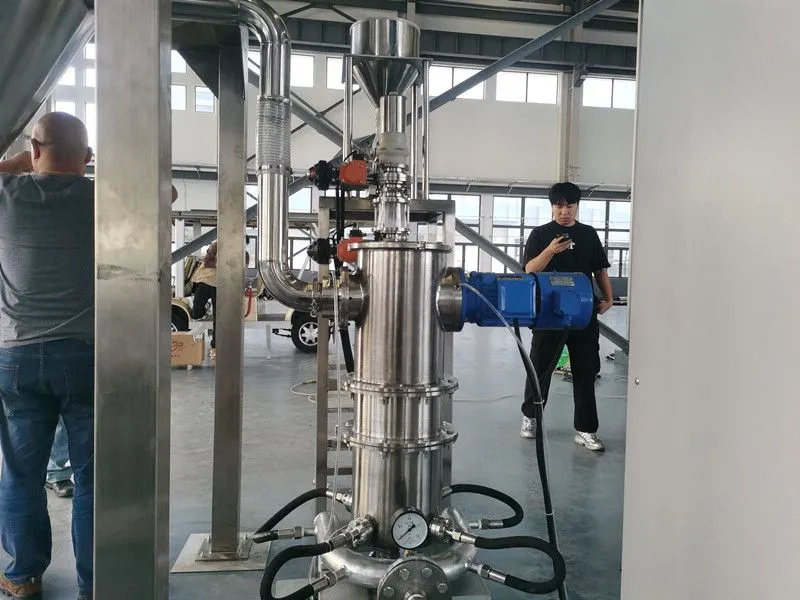
Ιδανικό για λεπτή λείανση: Οι μύλοι με πίδακες είναι οι καλύτεροι για την παραγωγή εξαιρετικά λεπτών σκονών. Αυτά είναι συνήθως 1 έως 10 μικρά σε μέγεθος.
Τύποι υλικών: Συχνά χρησιμοποιούνται για υλικά που είναι ευαίσθητα στη θερμότητα ή εύθραυστα. Αυτά περιλαμβάνουν φαρμακευτικά προϊόντα, χημικά και τρόφιμα.
Υψηλή καθαρότητα: Οι μύλοι με πίδακα δεν έχουν μηχανικά μέρη που να έρχονται σε επαφή με το υλικό. Έτσι, παράγουν σκόνες με ελάχιστη μόλυνση.
Μύλος ταξινομητή αέρα
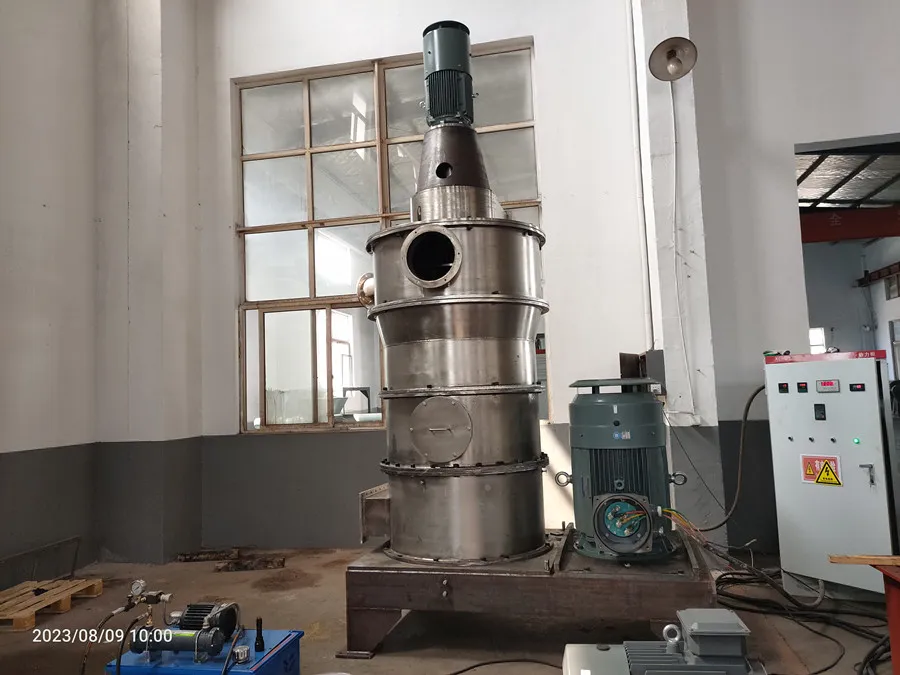
Ευέλικτες εφαρμογές: Οι μύλοι ταξινόμησης αέρα είναι ευέλικτοι. Μπορούν να χειριστούν ένα ευρύτερο φάσμα υλικών, συμπεριλαμβανομένων σκληρότερων υλικών που χρειάζονται λείανση.
Ελεγχόμενη κατανομή μεγέθους σωματιδίων: Είναι ιδανικά για χρήσεις που χρειάζονται συγκεκριμένα μεγέθη σωματιδίων. Αυτό περιλαμβάνει επιστρώσεις, πλαστικά και κεραμικά.
Υψηλότερη απόδοση: Οι μύλοι ταξινομητή αέρα μπορούν συχνά να επεξεργάζονται περισσότερο υλικό από τους μύλους εκτόξευσης.
3. Αποδοτικότητα και Κατανάλωση Ενέργειας
Jet Mill
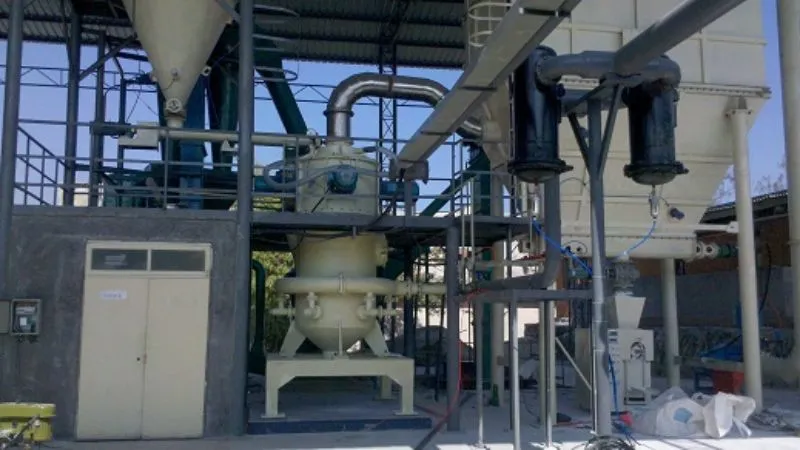
Εντάσεως ενέργειας: Οι μύλοι με εκτόξευση μπορεί να είναι ενεργοβόροι λόγω του αέρα υψηλής πίεσης που απαιτείται για τη λειτουργία. Ωστόσο, είναι αποτελεσματικά στην παραγωγή πολύ λεπτών σωματιδίων χωρίς να παράγουν πολλή θερμότητα.
Χαμηλή απόδοση: Η απόδοση μπορεί να είναι χαμηλότερη σε σύγκριση με τους μύλους ταξινομητή αέρα λόγω της φύσης της διαδικασίας άλεσης.
Μύλος ταξινομητή αέρα
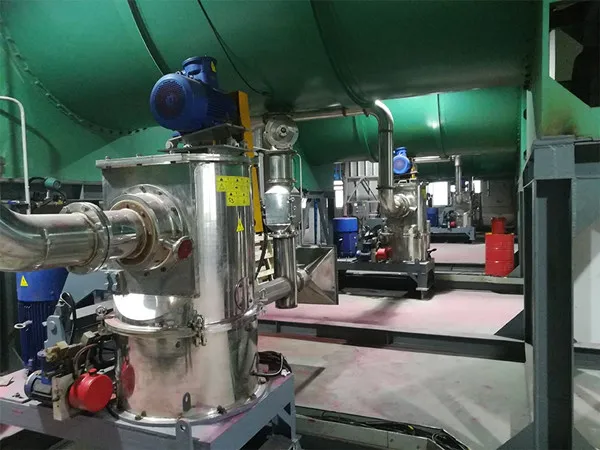
Ενεργειακή απόδοση: Είναι συνήθως πιο ενεργειακά αποδοτικοί από τους μύλους εκτόξευσης για εργασίες μεγάλης κλίμακας. Αυτό οφείλεται στις συνδυασμένες διαδικασίες λείανσης και ταξινόμησης.
Υψηλότερη απόδοση: Αποδίδουν περισσότερα. Μπορούν να επεξεργάζονται υλικό συνεχώς ενώ διαχωρίζουν τα λεπτά από τα χονδροειδή σωματίδια.
4. Θεωρήσεις κόστους – Μύλος αεριωθούμενου έναντι μύλου ταξινομητή αέρα
Jet Mill
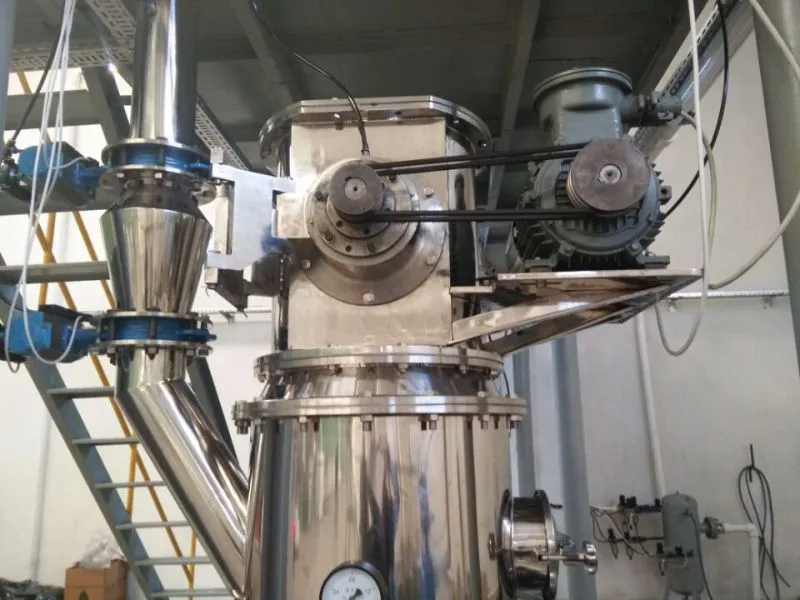
Αρχική επένδυση: Οι μύλοι αεριωθουμένων μπορεί να είναι πιο ακριβοί εκ των προτέρων. Αυτό οφείλεται στον εξειδικευμένο σχεδιασμό και την τεχνολογία τους.
Κόστος συντήρησης: Χαμηλότερο κόστος συντήρησης λόγω λιγότερων κινούμενων εξαρτημάτων.
Μύλος ταξινομητή αέρα
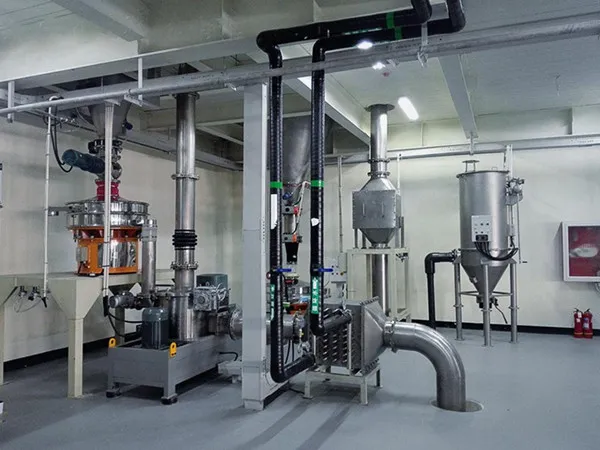
Οικονομικά αποδοτικό για μεγαλύτερες λειτουργίες: Ενώ το αρχικό κόστος μπορεί να είναι χαμηλότερο από τα ελαιοτριβεία, η συνεχής συντήρηση μπορεί να αυξηθεί λόγω των κινούμενων εξαρτημάτων.
Λειτουργικό κόστος: Μπορεί να προκύψει υψηλότερο ενεργειακό κόστος, ανάλογα με την κλίμακα παραγωγής.
συμπέρασμα
Εν ολίγοις, επιλέξτε μεταξύ ενός μύλου εκτόξευσης και ενός μύλου ταξινομητή αέρα με βάση τις ανάγκες της εφαρμογής σας. Για εξαιρετικά λεπτές σκόνες με χαμηλή μόλυνση, ο μύλος με πίδακα είναι καλύτερος. Εάν χρειάζεται να επεξεργαστείτε διάφορα υλικά σε υψηλές ταχύτητες, ένας μύλος ταξινομητή αέρα μπορεί να είναι καλύτερος. Μπορεί να ελέγξει την κατανομή μεγέθους σωματιδίων. Η γνώση αυτών των διαφορών θα σας βοηθήσει να αποφασίσετε με βάση τις ανάγκες σας.
